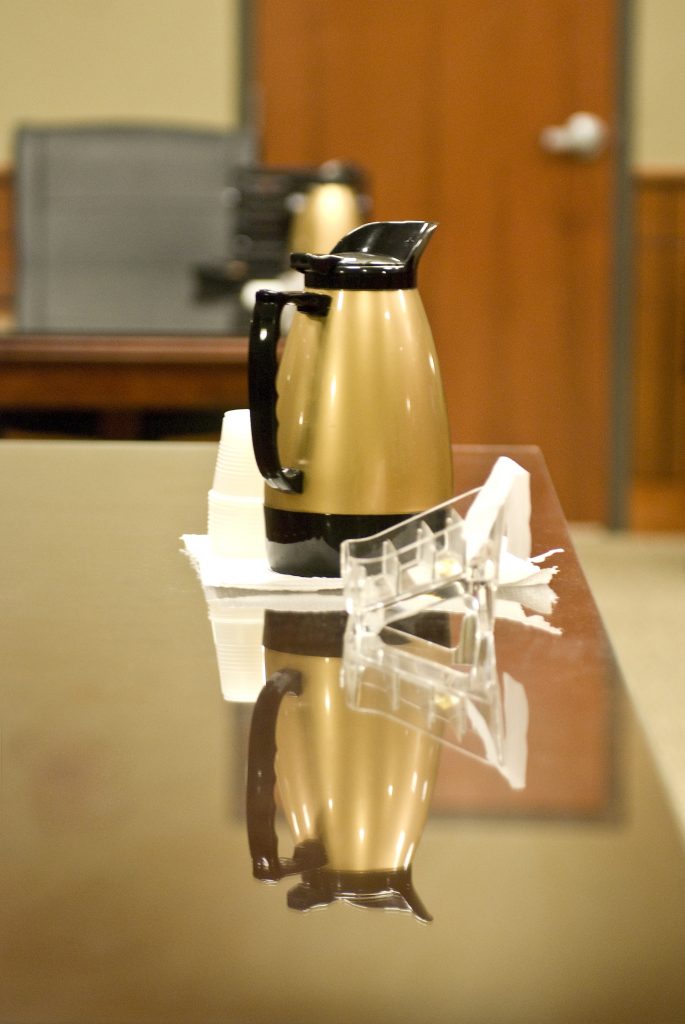 Ponzi schemes ultimately come to an end and unfortunately cause a lot of pain, suffering, and litigation. The Stanford Ponzi scheme is no exception. As demonstrated in the following case, the complex nature of such schemes demonstrates the need for excellent legal representation if you are the victim of an unscrupulous Ponzi schemer.
Ponzi schemes ultimately come to an end and unfortunately cause a lot of pain, suffering, and litigation. The Stanford Ponzi scheme is no exception. As demonstrated in the following case, the complex nature of such schemes demonstrates the need for excellent legal representation if you are the victim of an unscrupulous Ponzi schemer.
In this case, Pershing, L.L.C. (“Pershing”) sued to enjoin the (“Bevis Investors”), a group of investors who allegedly sustained losses as a result of the Stanford Ponzi scheme, from arbitrating their claims against Pershing before the Financial Industry Regulatory Authority (“FINRA”). The Stanford Ponzi scheme brought down many businesses who did not know the depths of Stanford’s dealings.
Pershing is an FINRA-regulated clearing broker that provides clearing and administrative services to financial institutions. Because of Pershing’s FINRA membership, its customers have the right to compel Pershing to arbitrate their disputes under FINRA Rule 12200. The Stanford Ponzi scheme was created by Stanford and associates where they would sell a certificate of deposits (“CDs”) that promised a fixed rate, and instead of purchasing lucrative assets, Stanford used the money to pay old investors. Stanford went on to use the money to finance a lavish lifestyle and real estate ventures. Bevis Investors allege that they purchased CDs issued by Stanford International Bank (“SIB”). Pershing executed a Clearing Agreement to provide clearing services to the Stanford Group Company (“SGC”) between 2005 and 2009. Pershing had no relationship with any other Stanford entity. Because of the Stanford Ponzi scheme, investors came to Pershing and initiated arbitration.
 Louisiana Personal Injury Lawyer Blog
Louisiana Personal Injury Lawyer Blog


 The commencement of pro se litigation, meaning without attorney representation, is no easy task. A common aspect of pro se litigation involves a request to proceed in forma pauperis (IFP). A granted IFP request allows a pro se litigant to have the prepayment of fees or costs waived.
The commencement of pro se litigation, meaning without attorney representation, is no easy task. A common aspect of pro se litigation involves a request to proceed in forma pauperis (IFP). A granted IFP request allows a pro se litigant to have the prepayment of fees or costs waived. This post continues our discussion on the United States Fifth Circuit Court of Appeal’s analysis of the public policy exception in
This post continues our discussion on the United States Fifth Circuit Court of Appeal’s analysis of the public policy exception in  The world we live in today is more interconnected than ever before. International commerce has led to rapid economic development in the United States and abroad. As more and more firms participate in international commerce, complex legal disputes arise. International disputes involve a multitude actors of different nationalities, implicating various national and international legal frameworks. In the mid-20th century, the United States and countries around the world sought to harmonize international commerce by codifying rules governing the resolution of international disputes. As a global commercial hub, United States courts have been pivotal in interpreting these international rules and more generally, contributing to the development of private international law. In 2015, the United States Fifth Circuit Court of Appeal interpreted the
The world we live in today is more interconnected than ever before. International commerce has led to rapid economic development in the United States and abroad. As more and more firms participate in international commerce, complex legal disputes arise. International disputes involve a multitude actors of different nationalities, implicating various national and international legal frameworks. In the mid-20th century, the United States and countries around the world sought to harmonize international commerce by codifying rules governing the resolution of international disputes. As a global commercial hub, United States courts have been pivotal in interpreting these international rules and more generally, contributing to the development of private international law. In 2015, the United States Fifth Circuit Court of Appeal interpreted the  This post follows up on our discussion of the Louisiana Supreme Court’s 2015 ruling requiring that a contradictory hearing is held before striking a defendant’s deficient answer and entering a
This post follows up on our discussion of the Louisiana Supreme Court’s 2015 ruling requiring that a contradictory hearing is held before striking a defendant’s deficient answer and entering a 
 One of the biggest fears of any parent is the sudden and unexpected death of your spouse, leaving only you to raise and provide for your children. The thought alone can be crippling. When tragedy strikes, one of the only comforts a surviving spouse can find is believing that they will receive financial compensation to relieve the monetary burden left behind by the loss of a spouse who provided a steady source of income. At the center of every wrongful death claim is the issue of getting the surviving family member relief to overcome the hardship of carrying on without their spouse or parent who helped support them. For individuals killed on the job, the Louisiana Workers’ Compensation Act (the “Act”) provides an avenue for compensation for surviving family members. Under the Act, an employee injured in an accident during the course and scope of the employment is generally limited to the recovery of workers’ compensation benefits as his exclusive remedy against his employer and may not sue his employer in tort. See
One of the biggest fears of any parent is the sudden and unexpected death of your spouse, leaving only you to raise and provide for your children. The thought alone can be crippling. When tragedy strikes, one of the only comforts a surviving spouse can find is believing that they will receive financial compensation to relieve the monetary burden left behind by the loss of a spouse who provided a steady source of income. At the center of every wrongful death claim is the issue of getting the surviving family member relief to overcome the hardship of carrying on without their spouse or parent who helped support them. For individuals killed on the job, the Louisiana Workers’ Compensation Act (the “Act”) provides an avenue for compensation for surviving family members. Under the Act, an employee injured in an accident during the course and scope of the employment is generally limited to the recovery of workers’ compensation benefits as his exclusive remedy against his employer and may not sue his employer in tort. See  When a person is injured, a countdown begins. If you think you have a lawsuit, you need to file that lawsuit within a certain amount of time or else you will lose the right to that claim. Similar to what some states would call a statute of limitations, Louisiana uses something called “liberative prescription” or just “prescription.” Under this legal doctrine, after a certain amount of time has passed, a plaintiff can no longer bring their claim. The claim is treated as if it never came into being. In some cases, this period is one year. See
When a person is injured, a countdown begins. If you think you have a lawsuit, you need to file that lawsuit within a certain amount of time or else you will lose the right to that claim. Similar to what some states would call a statute of limitations, Louisiana uses something called “liberative prescription” or just “prescription.” Under this legal doctrine, after a certain amount of time has passed, a plaintiff can no longer bring their claim. The claim is treated as if it never came into being. In some cases, this period is one year. See  Bringing a mass tort claim is an extremely complicated task, even for the best of lawyers. Luckily, the attorneys for a group of Plaintiffs in a suit against Evans Harvey Corp. and its insurer, Lexington Insurance Co., knew exactly what they were doing. In the end, each Plaintiff was awarded damages ranging from $2,500 to $13,500. The following discussion serves as an example of one of the rare successes in the mass tort context.
Bringing a mass tort claim is an extremely complicated task, even for the best of lawyers. Luckily, the attorneys for a group of Plaintiffs in a suit against Evans Harvey Corp. and its insurer, Lexington Insurance Co., knew exactly what they were doing. In the end, each Plaintiff was awarded damages ranging from $2,500 to $13,500. The following discussion serves as an example of one of the rare successes in the mass tort context. Good news for professionals; potentially bad news for consumers. Affixing a professional seal to a document does not alone expose a professional to liability if the professional does not directly offer any services to the consumer. The Louisiana Fourth Circuit Court of Appeal recently heard a case that dealt with this very issue.
Good news for professionals; potentially bad news for consumers. Affixing a professional seal to a document does not alone expose a professional to liability if the professional does not directly offer any services to the consumer. The Louisiana Fourth Circuit Court of Appeal recently heard a case that dealt with this very issue.